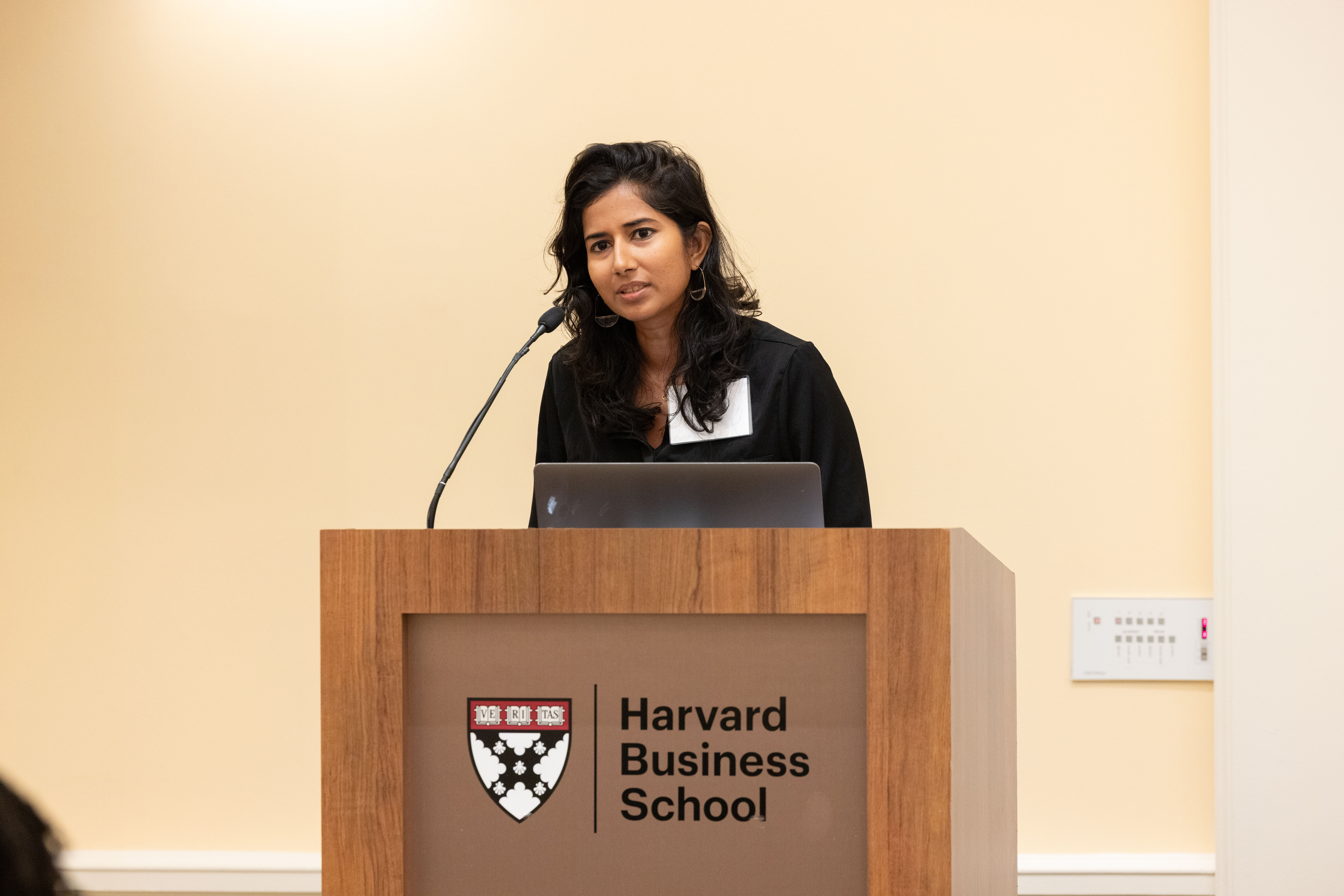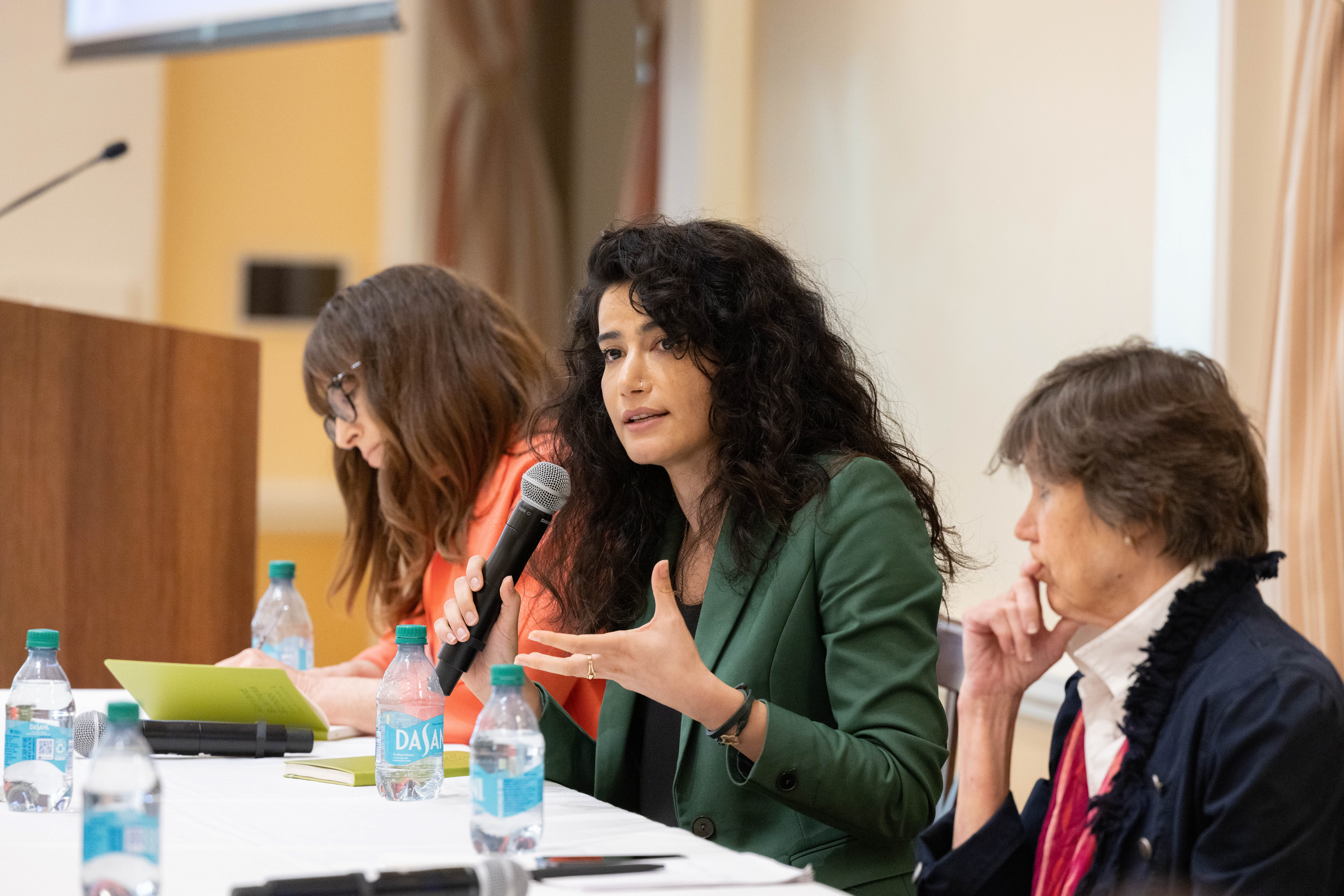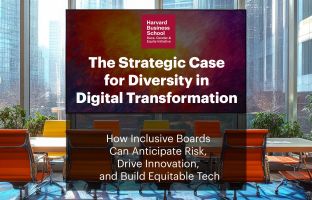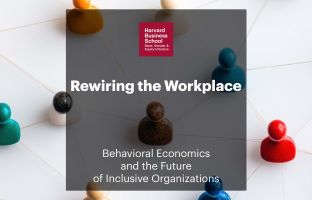Spotlight : Gulika Reddy on the power of transformative hope

How does hope become a practice? As our exploration of hope traversed through overtures of its possibilities to an excavation of its pitfalls, we arrived several times at a theory of substantive hope, a hope that moves us through difficult emotions and leads us to take the next step forward. A practicable hope must be accompanied by action, and it must have an element of pragmatism that grounds it in reality.
Speaker Gulika Reddy theorized how to build such a hope by applying it to her field of human rights law, but her insights are relevant to us all.
When is hope false hope?
Hope can manifest as either passive or active, and as either grounded or ungrounded.
• When hope is both passive—as in, lacks any sort of catalyzing action—and is not grounded in the realities of systemic barriers, it becomes false hope.
Measured hope vs. transformative hope
When we pair our hope with care, patience, and respect for our surroundings, we can develop a measured hope, which can lead to effective, evidenced-based interventions. But what distinguishes an ordinary measured hope from transformative hope?
How to foster transformative hope
• Ground your knowledge in the context of the changes you seek. This means considering the biases of your own education and inquiry, especially when working outside of the Eurocentric enclosures of the academy.
• Expect setbacks. Real progress is non-linear; setbacks are how we learn to pivot, hone, and improve our solutions to systemic issues.
• Model creativity. Hope is iterative—it necessitates an appreciation for the process, collaboration, and long-term thinking. Creativity emerges when we stop worrying about results and explore what the next right thing can be.
To truly transform our systems, we must sustain a resilient hope that can respond to changing circumstances, that allows our imaginations to respond where anxiety or disillusionment might traditionally creep in, and that will power us through to effect real change.
Spotlight: the dark side of hope (and how to spot it)

While much of our event focused on teaching us how to cultivate hope in ourselves, or how to observe it around us, scholars also asked questions about how hope can be weaponized in our society. The disingenuous hope that Professor Reddy described appears in many institutions and structures, often the very same ones we use our own hope to challenge.
Our panelists showed us how hope alone is insufficient for radical change. When hope is expected or demanded of someone struggling against systemic challenges, they need other forms of support to sustain it. The nefarious wielding of hope to maintain normative structures can be broken down into various buckets, a few of which panelists explored, as follows:
The exploitation of hope and its effects on well-being
There are many ways in which this phenomenon can manifest. Speaker Judith Clair elaborated that hope can often be sold as a solution to the public by the same market forces that create or reinforce systemic inequities.
• Professor Clair’s analysis of hope in addiction treatment shows us that organizations (including healing centers) can weaponize hope to frame systemic failures and challenges as individual ones; unjustified positivity, or “toxic” positivity, can lead to a blame-filled environment, especially in cases of relapse.
• However, hope can also be incredibly valuable in healing by encouraging people to build resilience, resulting in a social infrastructure based in hope.
Speaker Carol Graham built on the value of hope in personal well-being.
• In her observations of hope across economic intersections, Professor Graham observed that hope is an essential part of social well-being. People in a society should have a reason to believe that life is worth living, so while it is beneficial for individuals to cultivate hope within themselves, it must be coupled with a high quality of life and excellent public infrastructure, which foster opportunity.
Hope for a flourishing future career as substitute compensation

From unpaid internships to non-monetary compensation, today’s economy has frequently relied on hope to exploit free or low-cost labor.
Speaker Farnaz Ghaedipour’s study of digital content creators explores hope as a form of currency. She found that algorithmic unpredictability and the social ecosystem of internet platforms complicated transactions between companies and influencers who rely on their products. Often, the social validation of high engagement obscured the reality that significant compensation was out of reach for most creators. Professor Ghaedipour thus coined the term “hope labor” to describe this cyclical phenomenon







